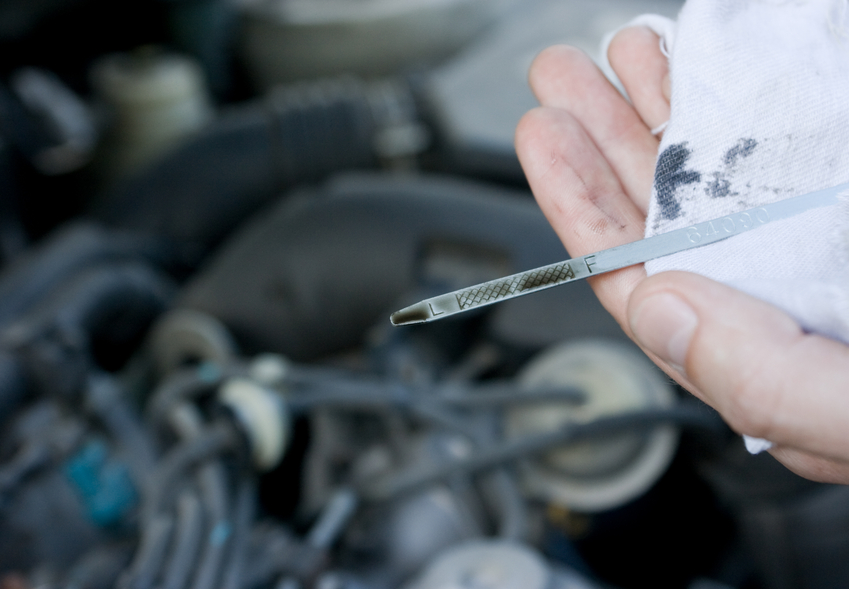
When it’s time to check your car’s fluids, chances are you check the motor oil and that’s about it. Most of us know how to check our car’s oil but transmission fluid, power steering fluid and brake fluid are all just as important for safety. Here’s a brief refresher on how to check each of these levels.
Checking Your Power Steering Fluid
Start your car and let it run until the engine reaches a temperature within the normal range. With the car running but parked, turn the wheel slowly all the way to the left then slowly to the right. Turn the engine off and pop the hood. The power steering fluid reservoir could be located on either side of the engine compartment and is likely labeled “steering.†Clean the cap well then open the cap and wipe the attached dipstick off with a clean cloth or paper towel. Screw the cap back on tightly then remove again to check the level. If it’s low, fill to the “max†level indicated on the reservoir.
Checking Your Brake Fluid
The brake fluid reservoir is typically found on the driver’s side, very close to the firewall at the rear of the engine compartment. Carefully clean the top of the reservoir because getting even a little bit of dust or dirt inside can cause the brake fluid to degrade. Open the top and check the fluid level. If it’s more than half-way from the full line it’s time to add some. Replace the cap promptly because brake fluid begins to break down quickly when exposed to air.
How to Check Transmission Fluid
This one is a bit tricky because every vehicle is slightly different. Check this level for most cars with the engine running but if you drive a Honda, those are typically checked with the engine off. Drive the vehicle for approximately 10 minutes then park on a level surface. Slowly shift through each gear to property distribute the fluid then place the transmission in “park†and set your parking brake. Raise the hood, locate the dipstick and check the level on both sides. Wipe the dipstick with a paper towel and take a second reading, again noting both sides of the stick. The lowest level you note over the two checks is the correct reading.
If you find yourself low on any of these fluids, check under your car periodically for leaks. These fluids do not generally burn off or otherwise reduce in volume, as each is part of a closed system. It’s always a good idea to have your auto service professional at Emission Time in Salt Lake City check for leaks as well as any related problems that could worsen over time.
